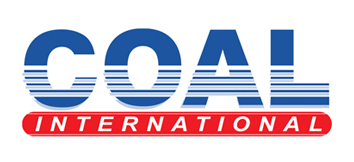Rio Tinto has published new information on 14 of its global tailings facilities, along with its progress toward aligning with the Global Industry Standard on Tailings Management (GISTM).
The GISTM is directed at mining operators and applies to tailings facilities, whether they already exist or are set to be built.
A set of 15 principles, the GISTM includes 77 individual requirements for tailings facilities. Operators conduct self-assessments against the requirements before a third party audits the company’s conformance. The results are then published publicly.
Created in August 2020 following the Samarco and Brumadinho dam disasters in 2015 and 2019, respectively, the GISTM makes it clear that extreme consequences to people and the environment from catastrophic tailings facility failures are unacceptable.
Under GISTM classifications, Rio Tinto’s 14 facilities have been rated as very high or extreme, based on the potential consequences in the event of a failure. New information on a further 84 tailings facilities has also been rated low, high or significant.
The information is accessible via Rio Tinto’s interactive map covering its of tailings facilities.
“Managing tailings responsibly is essential for keeping people, communities and the environment safe from harm and is fundamental to maintaining our social licence,” Rio Tinto chief technical officer Mark Davies said.
“We are proud to share our management practices transparently and to partner with local communities, our industry peers and regulators to drive transformative improvements in tailings management.”
According to Rio Tinto’s website, it operates a diverse range of tailings facilities at various stages of the tailings facility lifecycle.
This includes tailings contained within engineered earthen embankments and tailings deposited into previously mined open-pits. Some consist of embankments constructed in a single phase whereas other have been raised several times over their life to increase storage capacity.
“Rio Tinto has committed to implementing the GISTM at all our tailings facilities and we have been working hard over the past five years to bring these into conformance,” Davies said.
“We have made significant progress and have detailed plans in place to complete the few outstanding items.”



